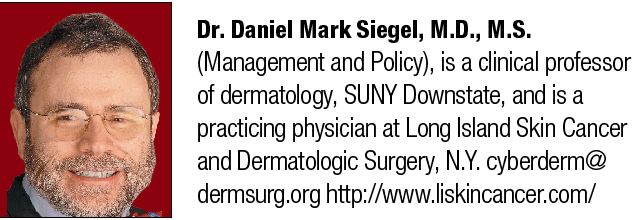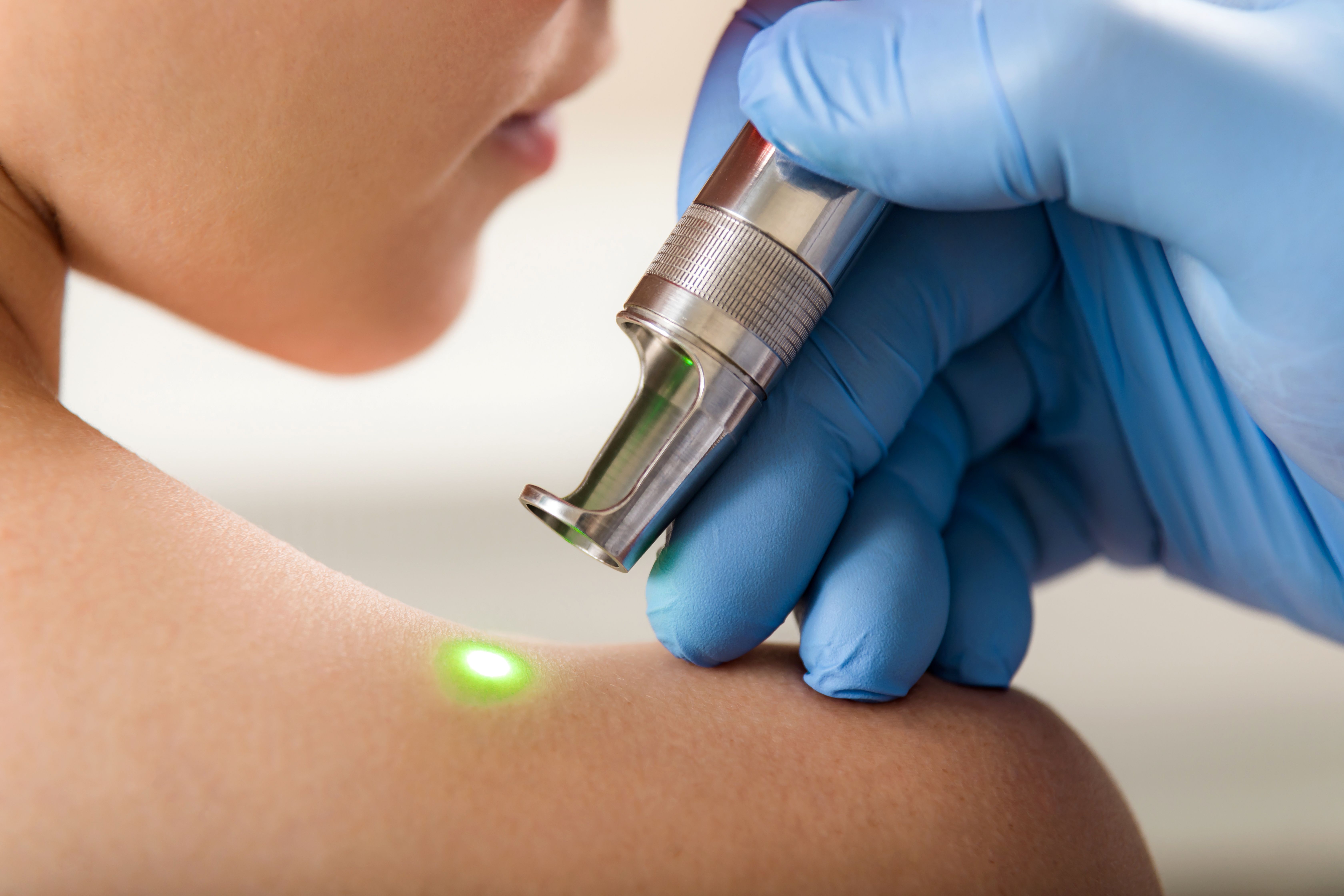- Case-Based Roundtable
- General Dermatology
- Eczema
- Chronic Hand Eczema
- Alopecia
- Aesthetics
- Vitiligo
- COVID-19
- Actinic Keratosis
- Precision Medicine and Biologics
- Rare Disease
- Wound Care
- Rosacea
- Psoriasis
- Psoriatic Arthritis
- Atopic Dermatitis
- Melasma
- NP and PA
- Skin Cancer
- Hidradenitis Suppurativa
- Drug Watch
- Pigmentary Disorders
- Acne
- Pediatric Dermatology
- Practice Management
- Prurigo Nodularis
- Buy-and-Bill
Article
Honey's use in skin therapy
Author(s):
Given the numerous types of honey and geographic variances of bee products and what is known already about honey’s use in skin therapy, it follows that there is likely untapped potential for dermatologic application, and more investigation is clearly warranted.

The earliest records of honey collection are found in rock art from the Middle Stone Age in southern Africa, Asia, Australia and Europe. Beekeeping, or honey gathering, is considered one of the oldest professions in civilization. The human relationship with honey and the honeybee is rich in symbolism and mythology.1
READ: Tea tree oil: What can it do for your patients?
Honey comes from honeybees (Apis mellifera). In an intricate cycle, honeybees collect nectar from flowers, returning it to beehives where it is processed into honey. Honey is a supersaturated compound rich in fructose and glucose as well as proteins and amino acids, vitamins, minerals and enzymes.
Historically, honey has long been used for medicinal and cosmetic purposes in addition to culinary applications. In ancient cultures, it is most often cited as a binder or vehicle for herbal extracts and remedies. Dermatological applications are also well established, with the use of honey to treat wounds and burns dating back thousands of years.2
In modern-day society, honey has been considered for conditions as varied as skin infections to anti-aging. Many honey-based cosmetics can be found advertising numerous beneficial claims.
NEXT: Dermatologic applications
Dermatologic applications
Honey is most commonly used in dermatology applications for its antimicrobial properties, which are thought to be due to the enzymatic release of hydrogen peroxide from the honey. While the hyperosmolarity of honey impedes bacterial growth, the inhibines, which include hydrogen peroxide, flavonoids and phenolic acids, produce antibacterial effects directly.3
READ: Skin barrier benefits of sunflower seed oil
As a result of these properties, one of the most widely investigated applications of honey is in wound healing. Numerous studies have looked at the ability of honey to aid in the skin’s healing process as well as to inhibit and eradicate bacteria, including community-associated methicillin-resistant Staphylococcus aureus found on the skin.4

One study showed greater efficacy of honey over silver sulphadiazine for treating superficial and partial-thickness burns in patients.5 Another study looked at Medihoney-an FDA-cleared, gamma-irradiated, commercially available active manuka honey-and its effect on chronic pressure ulcers in patients with spinal cord injury, showing a significant improvement in wounds and decrease of bacterial growth.6
Manuka honey is often the honey of choice for medical application and is available as a medical device. Manuka honey comes from the honeybees feeding on the manuka tree (Leptospermum scoparium), which grows natively in New Zealand and Southeastern Australia.
The antibacterial action of manuka honey is not clearly understood, but in vitro studies have shown that methylglyoxal is one of the key phytochemical factors that lend manuka honey it antibacterial properties. It is thought that the amount of methylglyoxal in the honey correlates with the strength of the antibacterial activity. It is also hypothesized that the honey has an osmotic effect, drawing moisture from the environment and dehydrating bacteria.
READ: Indigo Naturalis
In addition, the pH of the honey is between 3.2 and 4.5, and it is thought that the acidic nature of the honey inhibits the growth of microorganisms.7 Manuka honey, in vitro, has been shown to affect biofilms of Streptococcus pyogenes resulting in significant cell death and dissociation of cells from the biofilm.8
While manuka honey is the current popular medical honey, Ulmo honey from Chile has also been shown to be effective against methicillin-resistant Staphylococcus aureus, Escherichia coli and Pseudomonas aeruginosa. Ulmo honey was shown to be potentially more effective than manuka in a study funded by the honey producers.9 Other honeys may have medical use and one study showed healing utility from three different honeys, though the selection of rhododendron honey as one of the three may be considered a strange choice.10, 11
NEXT: Bee colonies decline
Bee colonies decline
Much has been written since 2006 on the massive loss of bee colonies throughout both the United States and Europe. This has been designated colony collapse disorder (CCD). It is estimated that from 2006-2013, 45% of the beehives in the United States have been eradicated.12 The etiology of CCD is not known, but various hypotheses implicate parasite activity, poor nutrition and agricultural chemicals.13 Bees are thought to be responsible for up to one third of the food on our tables through their ability to pollinate and support crops.
READ: Does mayonnaise help scalp psoriasis?
One would be remiss in discussing the power and potential of honey for medicinal purposes without acknowledging this relatively recent and significant impact to the bee population and bee-related worldwide ecology and economy.
While honey is one of the oldest natural products used for medicinal and cosmetic purposes, its powers and properties are still relatively poorly defined. Given the numerous types of honey and geographic variances of bee products and what is known already about honey’s use in skin therapy, it follows that there is likely untapped potential for dermatologic application, and more investigation is clearly warranted.
NEXT
1. Jones R. and Sweeney-Lynch S. The Beekeepers Bible. New York, NY, Stewart, Tabori and Chang, Abrams; 2011.
2. Burlando B, Cornara L. Honey in dermatology and skin care: a review. J Cosmet Dermatol. 2013;12(4):306-13.
3. Wahdan HA. Causes of the antimicrobial activity of honey. Infection. 1998;26(1):26-31.
4. Maeda Y, Loughrey A, Earle JA, et al. Antibacterial activity of honey against community-associated methicillin-resistant Staphylococcus aureus (CA-MRSA). Complement Ther Clin Pract. 2008;14(2):77-82.
5. Malik KI, Malik MA, Aslam A. Honey compared with silver sulphadiazine in the treatment of superficial partial-thickness burns. Int Wound J. 2010;7(5):413-7.
6. Biglari B, Vd linden PH, Simon A, Aytac S, Gerner HJ, Moghaddam A. Use of Medihoney as a non-surgical therapy for chronic pressure ulcers in patients with spinal cord injury. Spinal Cord. 2012;50(2):165-9.
7. Tsang KK, Kwong EW, Woo KY, To TS, Chung JW, Wong TK. The Anti-Inflammatory and Antibacterial Action of Nanocrystalline Silver and Manuka Honey on the Molecular Alternation of Diabetic Foot Ulcer: A Comprehensive Literature Review. Evid Based Complement Alternat Med. 2015;2015:218283.
8. Maddocks SE, Lopez MS, Rowlands RS, Cooper RA. Manuka honey inhibits the development of Streptococcus pyogenes biofilms and causes reduced expression of two fibronectin binding proteins. Microbiology (Reading, Engl). 2012;158(Pt 3):781-90.
9. Sherlock O, Dolan A, Athman R, et al. Comparison of the antimicrobial activity of Ulmo honey from Chile and Manuka honey against methicillin-resistant Staphylococcus aureus, Escherichia coli and Pseudomonas aeruginosa. BMC Complement Altern Med. 2010;10:47.
10. Nisbet HO, Nisbet C, Yarim M, Guler A, Ozak A. Effects of three types of honey on cutaneous wound healing. Wounds. 2010;22(11):275-83.
11. Islam MN, Khalil MI, Islam MA, Gan SH. Toxic compounds in honey. J Appl Toxicol. 2014;34(7):733-42.
12. National Geographic 2013 Annual Report, May, 2013, http://www.nationalgeographic.com/explorers/support/annualreport13/files/AR.pdf
13. Vanengelsdorp D, Evans JD, Saegerman C, et al. Colony collapse disorder: a descriptive study. PLoS ONE. 2009;4(8):e6481.
Newsletter
Like what you’re reading? Subscribe to Dermatology Times for weekly updates on therapies, innovations, and real-world practice tips.






